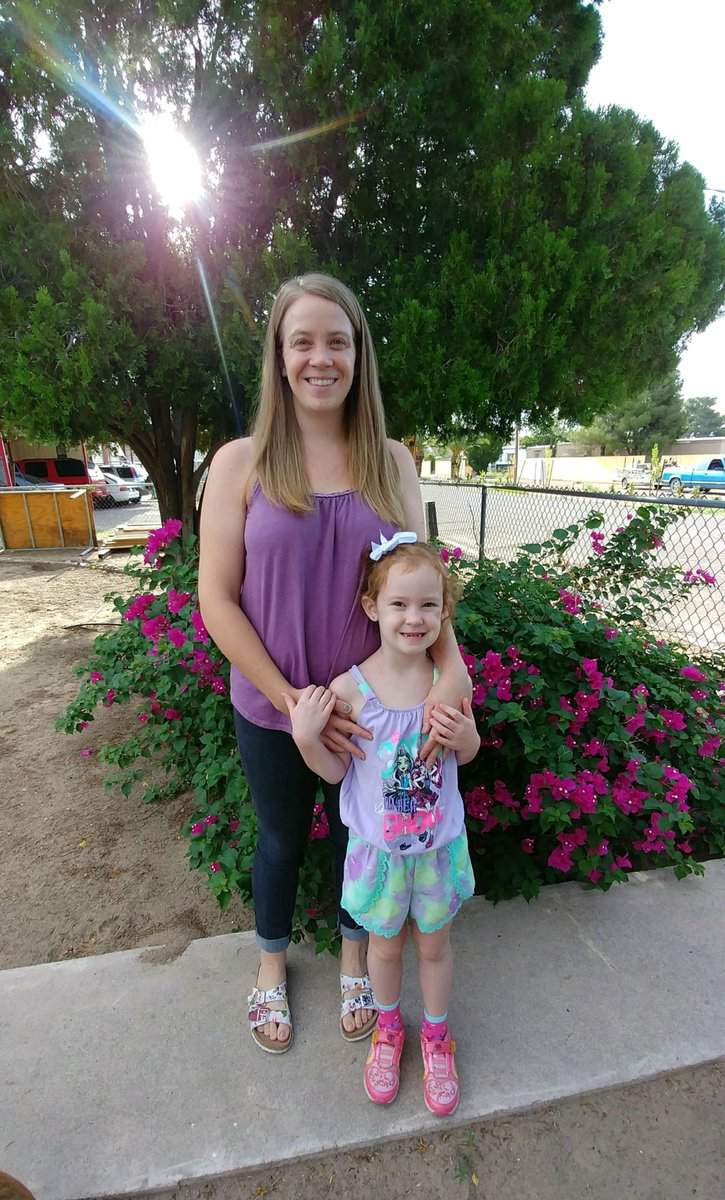Real Food Tips: How to Pack a Cooler (Safely)
After years and years of weekend camping trips I honestly can’t believe I am just now figuring out there is a proper way to pack a cooler to ensure food safety (and avoid food poisoning). So today I want to share these newfound, valuable tips because, when the precautions are so easy, why not be safe instead of sorry? Surely I’m not the only one that has been living in the dark on this topic.
It all started on our camping trip this past weekend when I opened our cooler to find that ice had melted and leaked (potentially contaminated cooler water) into the container holding our caprese pasta salad (that took me a long time to make from scratch…and I wanted to eat!). Melted ice has leaked into containers on us before, but it only seemed to happen with a few questionable leftovers that were still left in the cooler after returning home – not a brand new dish we hadn’t even eaten yet! So I turned to my facebook community for some important advice – eat it or toss it? And after sifting through more than 1K responses to this question, and using my brain a little, I realized we need to make some serious, yet simple, changes before ever packing up the cooler with a weekend’s worth of food again!
Cooler Packing Tips
1)Start With A Good Quality Hard Cooler.
High quality, thick-sided, hard coolers are better at insulating and keeping your food cold than the soft-sided alternative. So when it comes to packing perishables for an extended period of time (or when it’s extra hot outside) skip the light-weight insulated bags and go for something sturdier instead. For example, my daughters’ school lunches are fine in an insulated bag with several ice packs sitting in the air conditioned school building until lunchtime, but when I recently sent my 6-year-old to an outdoor camp in the middle of our hot Carolina summer they recommended a personal-sized hard cooler to ensure the food stayed cool enough in the heat.

